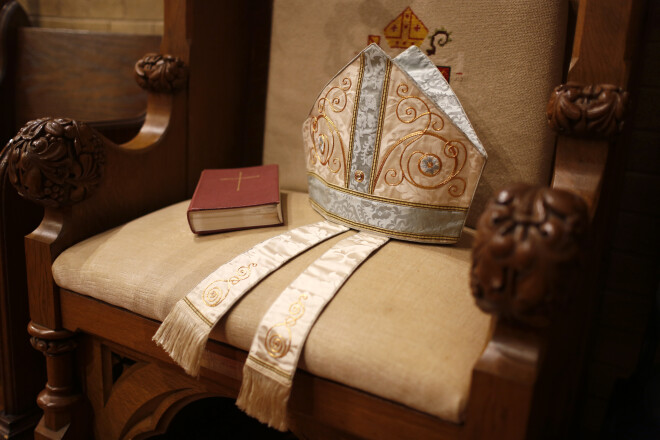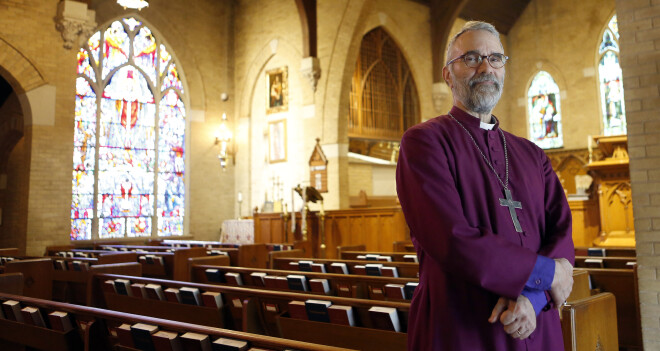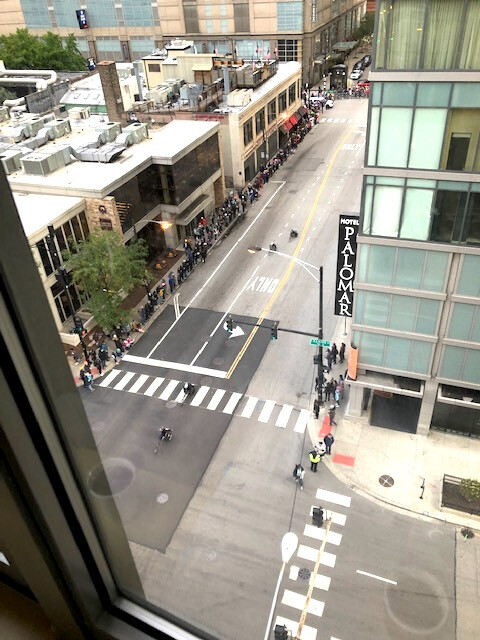Different Traditions

Imagine a conversation with a friend of another religious tradition. You have different commitments, to be sure. You are both honest enough to share how your own faith is the most important thing in your life. But as you talk you also come to see similarities between your life and prayer and theirs. You visit one another’s homes for dinner, and you both can see how, in addition to your bond itself, your friendship is a good example to others. My point is simply this: difference of belief, witness, similarities, hospitality, and public solidarity: these are all distinct, important, and capable of co-existing. That, I think, is the place to start in the relations between different traditions.
This week the Anglican Church of Canada will consider the famous proclamation and invitation from Muslims to Christians called ‘A Common Word Between Us and You.’ Google it since it well deserves a read. It is a dense piece of Islamic apologetic and I was surprised that they would feel able to do it justice in such a hurried setting ill-suited (in my experience) for theological argumentation. My take is this: ACW is a olive branch. It means to promote peace and common cause between Muslims and Christians of good will. And as such it is a good thing. But it makes its case from a distinctively Muslim point of view: where else would it come from? Religions offer doctrines about other religions based on their own commitments. So when ACW seeks to find common ground, it builds on the Great Commandment: ‘hear of Israel, the Lord our God the Lord is one…’, quoted as it is by Jesus. But of course the nature of that oneness is exactly what divides Chrstians and Muslims, not out of prejudice, but out of deep theological conviction. We believe that the oneness of God is consistent with belief in God, Father, Son, and Holy Spirit. Muslims can’t. Hardly a secondary point!
So the desire for peace is altogether commendable. And there are points of commonality, for example in the second commandment ‘like unto it,’ love of neighbor. But we have irreconcilable differences of doctrine which go to the core of things which happen to converge around the issue at hand here. Still we can each find reasons from our own theological wells to see the other charitably, even as hospitality is part of a witness the world needs.
Will the ACC be able to capture all this? I have no idea, but the potential for good, and the potential for confusion, are both real.
Peace, GRS




